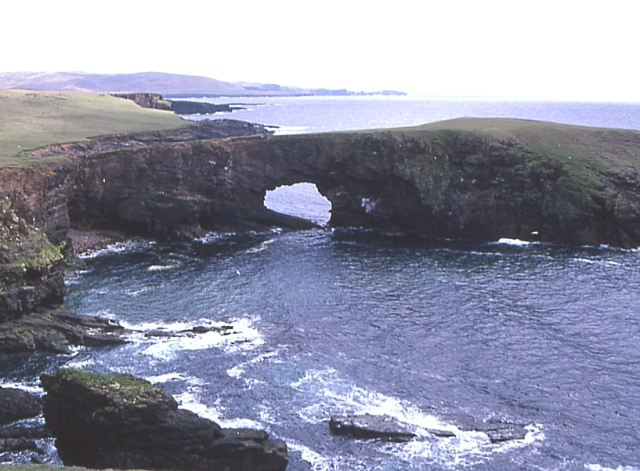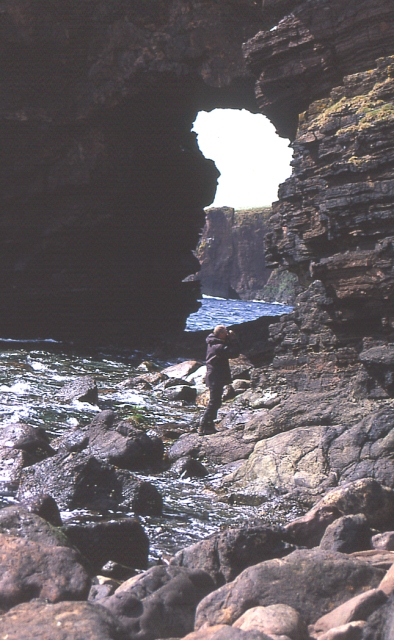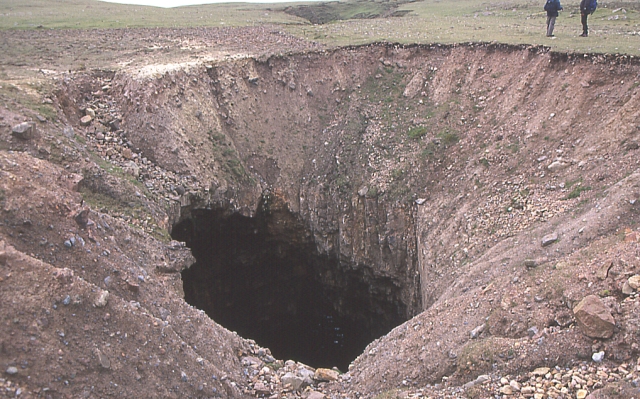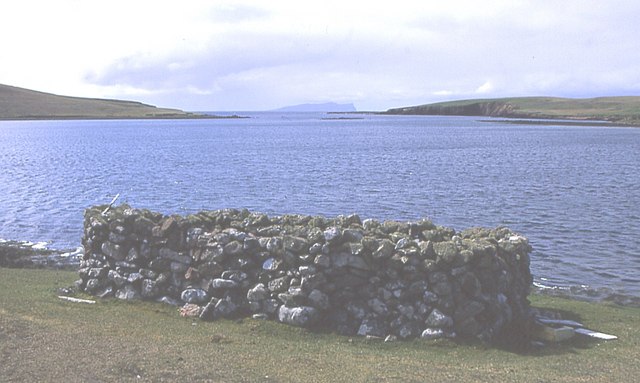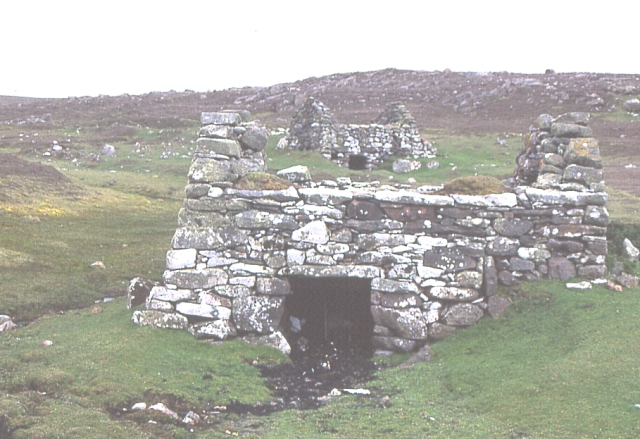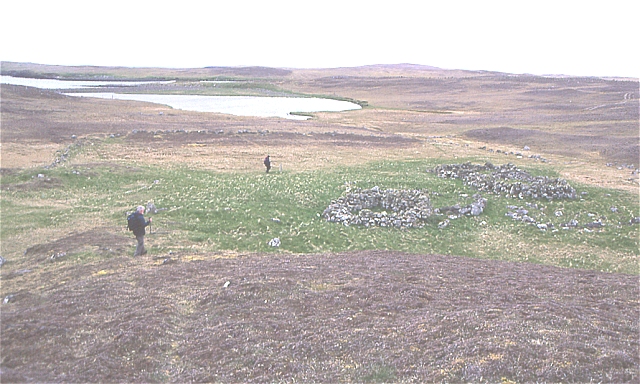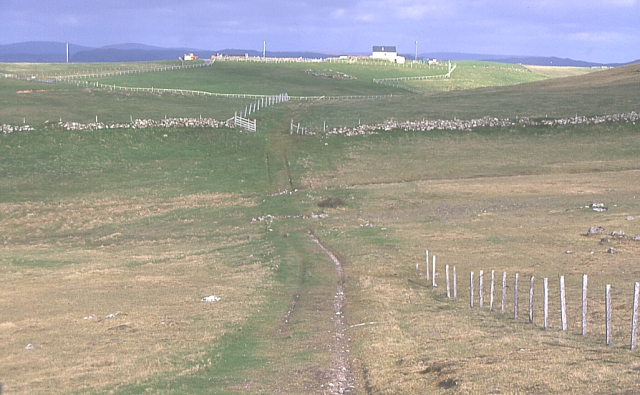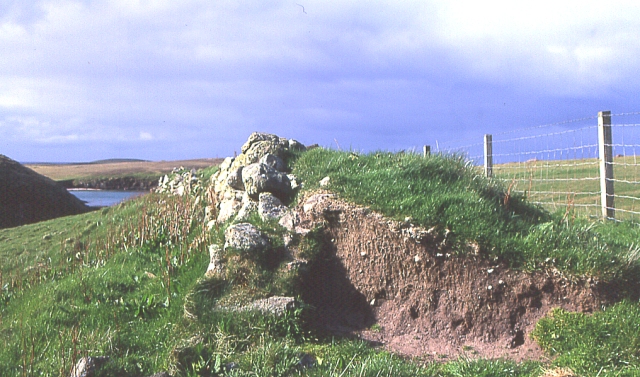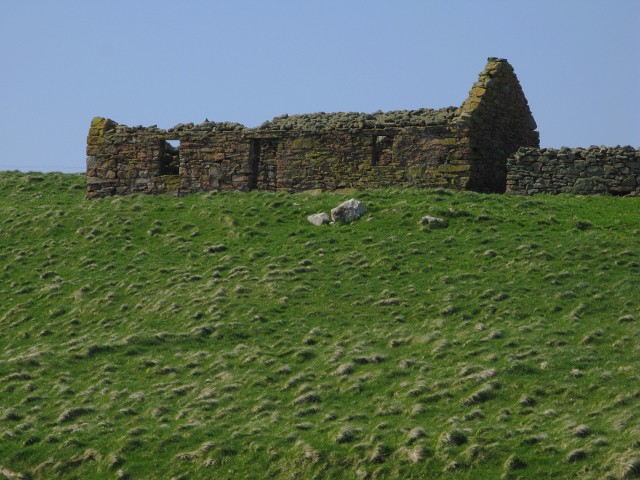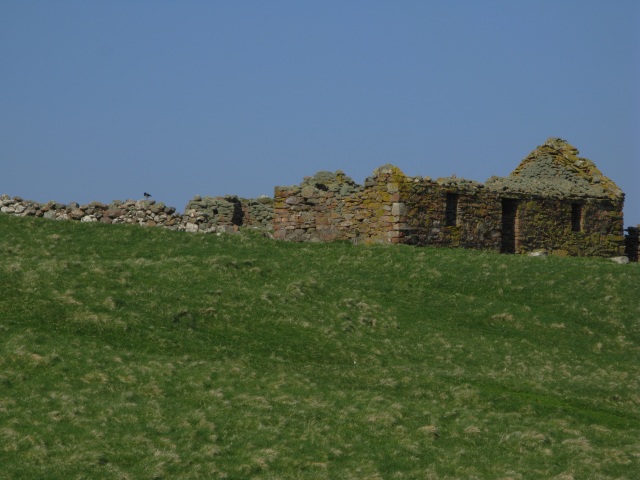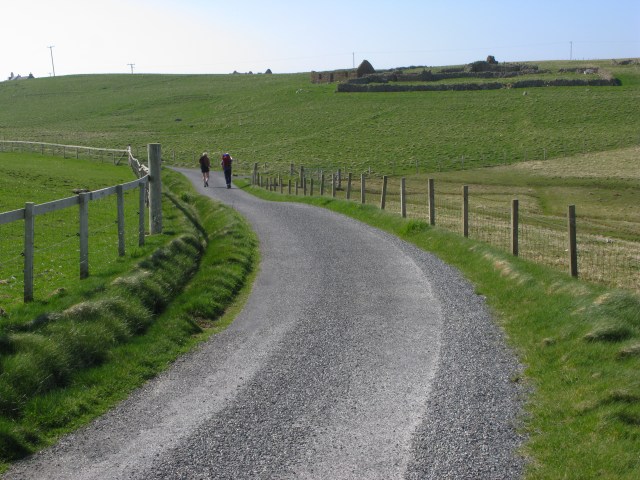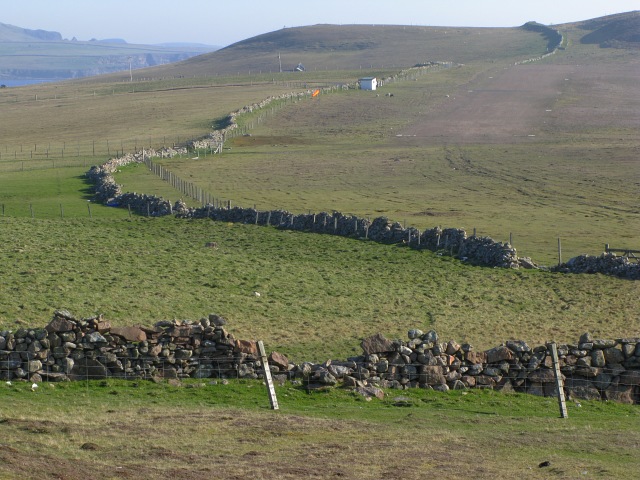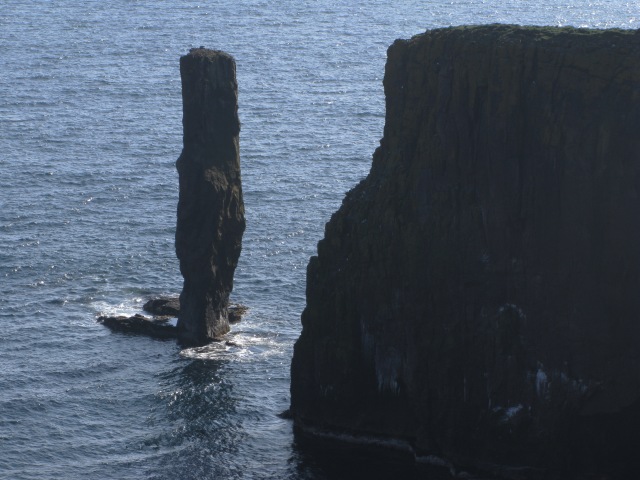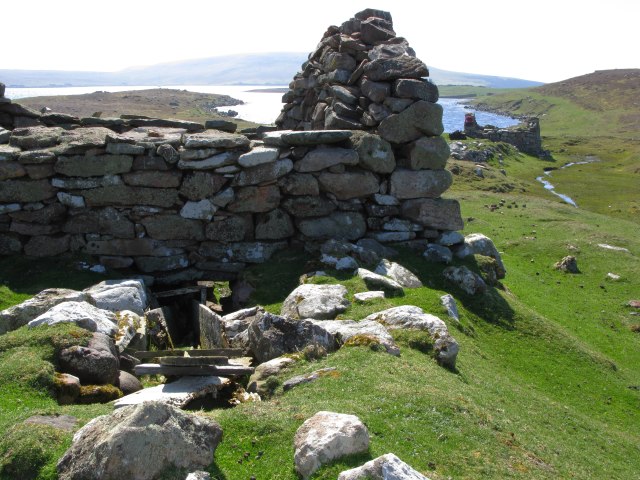Esma Taing
Coastal Feature, Headland, Point in Shetland
Scotland
Esma Taing
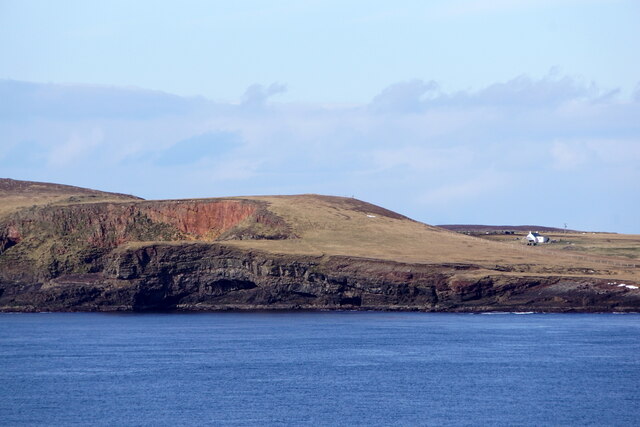
Esma Taing is a prominent coastal feature located in Shetland, a group of islands in the northernmost part of Scotland. It is specifically classified as a headland, which is a narrow strip of land that extends into the sea. This headland is characterized by its rugged and dramatic landscape, with steep cliffs and rock formations.
Esma Taing is notable for its unique geological features, shaped by millions of years of erosion from the powerful waves of the North Atlantic Ocean. The cliffs rise to impressive heights, providing breathtaking views of the surrounding coastline and the vast expanse of the sea. The rocks found in this area are primarily composed of sandstone and shale, displaying layers of sediment that have been compacted over time.
This coastal feature serves as an important habitat for various seabird species, including puffins, guillemots, and fulmars. The steep cliffs provide ideal nesting sites, and visitors to Esma Taing can often observe these birds in their natural environment.
In addition to its natural beauty, Esma Taing also holds historical significance. The area bears traces of ancient settlements, with archaeological sites dating back thousands of years. These remnants offer insights into the early human occupation of the Shetland Islands and provide a glimpse into the lives of its past inhabitants.
Esma Taing is a popular destination for nature enthusiasts, hikers, and photographers, who are drawn to its stunning coastal vistas and rich biodiversity. Visitors can explore the headland by following well-defined footpaths, ensuring a safe and enjoyable experience in this captivating part of Shetland's coastline.
If you have any feedback on the listing, please let us know in the comments section below.
Esma Taing Images
Images are sourced within 2km of 60.322427/-1.7138858 or Grid Reference HU1559. Thanks to Geograph Open Source API. All images are credited.
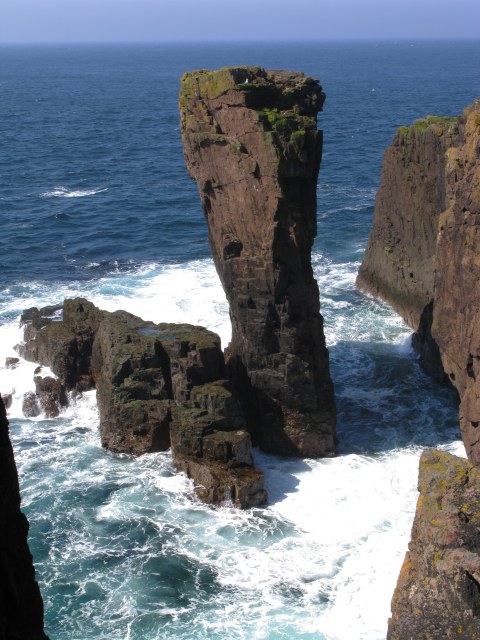
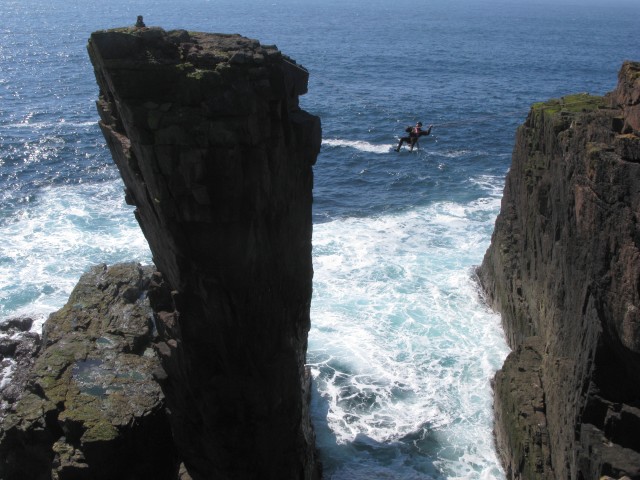
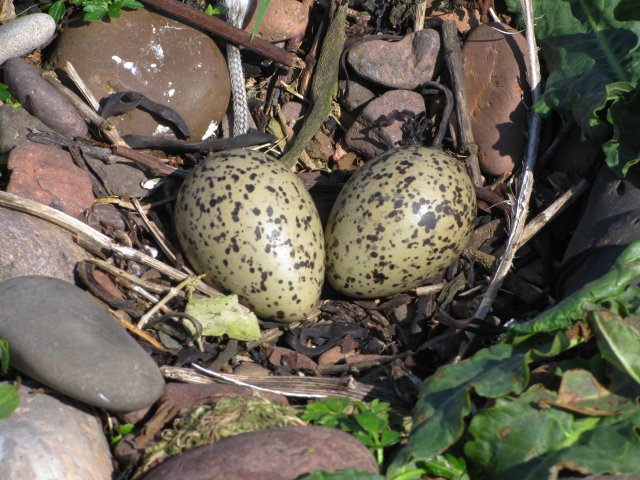
Esma Taing is located at Grid Ref: HU1559 (Lat: 60.322427, Lng: -1.7138858)
Unitary Authority: Shetland Islands
Police Authority: Highlands and Islands
What 3 Words
///ranted.decorated.coveted. Near Walls, Shetland Islands
Nearby Locations
Related Wikis
Papa Stour Airstrip
Papa Stour Airstrip is a small airstrip in the village of Biggings on the island of Papa Stour. Shetland, Scotland. == History == Papa Stour Airstrip opened...
Papa Stour
Papa Stour (Scots: Papa Stour) is one of the Shetland Islands in Scotland, with a population of under fifteen people, some of whom immigrated after an...
Biggings
Biggings is a village on the island of Papa Stour, in Shetland, Scotland. Papa Stour's church is situated at the south of Biggings. A homestead of Duke...
Forewick Holm
Forewick Holm is a 1-hectare (2.5-acre) island in the Sound of Papa in the Shetland islands, Scotland. Located between Papa Stour and the Sandness peninsula...
Have you been to Esma Taing?
Leave your review of Esma Taing below (or comments, questions and feedback).
